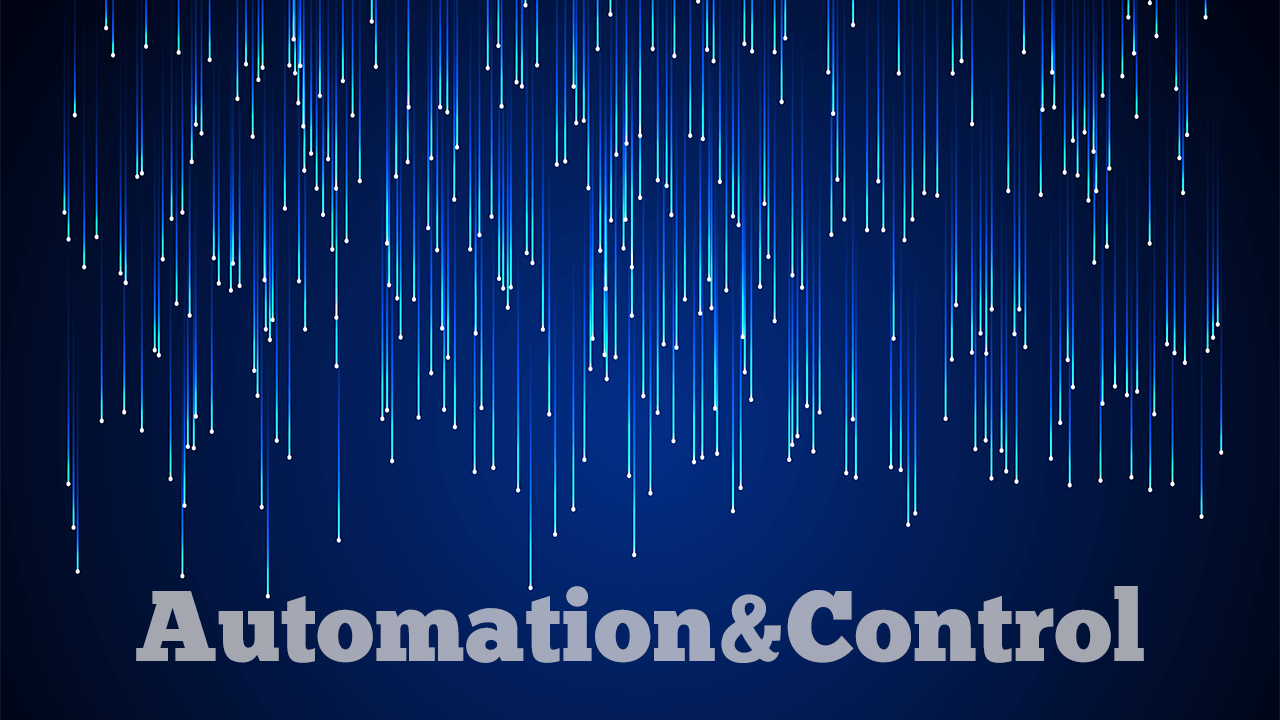Industry NewsDecember 4, 2020
Networking Megatrends Shape Automation & Control in 2021

Industrial automation and control is a primary beneficiary of the networking megatrends that have been shaping the future of the Industrial Internet of Things (IIoT) and Industry 4.0 technology initiatives for more than a decade.
Industrial networking is more of a centerpiece for the world of automation and control than ever before because of the far-reaching implications and technological potential that connectivity offers in industrial applications.

Al Presher, Editor, Industrial Ethernet Book
As we head into 2021, a series of automation and control megatrends are in a position to make “outsized” impacts on smart manufacturing and factory automation. Industrial innovation and standards development often seems to be moving in slow motion as they move towards the mainstream.
But as we look into at a series of technology megatrends shaping industry, we see big ideas and industry cooperation taking automation and control to new levels of performance.
Edge Computing
The optimal use of data and connectivity between enterprise systems and the plant floor easily, flexibly and securely offers a wide range of benefits for manufacturers. IT technologies need to play a vital role in IIoT system architectures, even as gateways are evolving to provide more f lexible, innovative and efficient software solutions.
Cloud Connectivity
While we note above that edge computing is on the move, don’t sleep on the continuing impact of the major cloud suppliers including Amazon AWS and Microsoft Azure.
Industrial cloud computing provides the infrastructure for the transmission of data to applications that operators are using on computers or mobile devices, and software programs used in a wide variety of automated processes.
Single Pair Ethernet
One megatrend that is hard to underestimate its future impact is Single Pair Ethernet, a key development and the infrastructure that will make another level of IIoT and Industry 4.0 connectivity possible.
For the reliable establishment of the entire future SPE ecosystem, standards for transmission protocols, cabling and device components are all being jointly developed by a broad coalition of industrial automation and control suppliers.
OPC UA
OPC Unified Architecture (OPC UA) has become a vital, vendor-independent communication protocol for industrial automation applications. Based on the client-server principle, it enables seamless communication from sensors and actuators up to enterprise systems or the cloud.
OPC UA is a global standard for industrial interoperability with common data models. As a framework for industrial interoperability based on data models that can be communicated using modern industrial protocols, Ethernet, cellular, and wireless technologies, it has tremendous room for growth.
Time Sensitive Networking
Time-Sensitive Networking (TSN) is a technology poised to deliver an entirely new level of determinism for standard IEEE 802.1 and IEEE 802.3 Ethernet networks.
We are currently moving into the next phase for TSN, and the ongoing development of the IEC/IEEE 60802 TSN Profile for Industrial Automation expected to be finalized in 2022.
Internet of “Things”
And last but not least, let’s not underestimate the impact of smart devices and technology developments adding connectivity to sensors, actuators, motion systems, feedback devices and the wide range of “things” that connect to factory networks.
Looking to 2021
It’s an adage that “a system is greater than the sum of its parts”. But it’s definitely true in industrial automation and control–especially given the complexity of factory automation applications. So as we head in to 2021, let’s keep an eye on the big picture, the continuing development of worldwide standards and how we see these megatrends intersect the deployment of real-world solutions.
Al Presher, Editor, Industrial Ethernet Book


